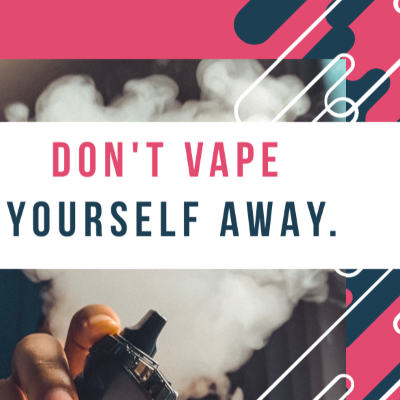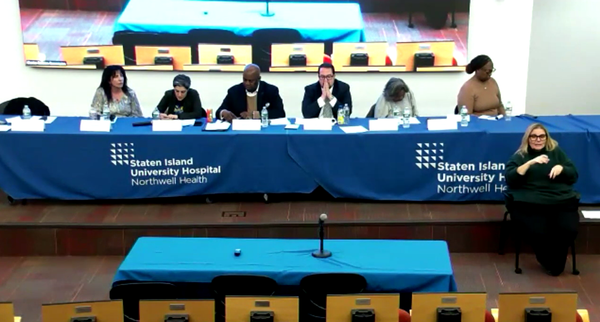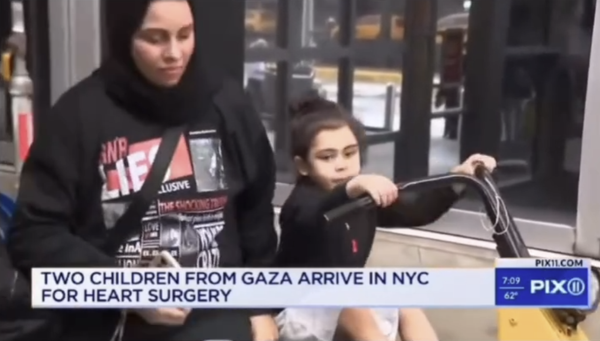Local Youth Create Zine with their New Awareness of the Risks of Vaping
Don’t Vape Yourself Away, Uncovers the Dangers of Vaping and Spreads Awareness

In early 2022, the Staten Island Partnership for Community Wellness (SIPCW) facilitated weekly discussions with youth between the ages of 16 and 20 to uncover the health risks of vaping. The objectives of these meetings often focused on the marketing tactics of the industry, which highlighted intentions to target youth to create life-long product consumption and nicotine dependency. Vaping has become a commonality amongst young people; 2 in 5 Staten Island high schoolers reported using an e-vapor product at least once in their life (2019 YRBS), the Department of Health and Mental Hygiene funded this project which allowed youth – with support from SIPCW – to create a zine that’ll educate more young people on the harms of vaping.
During the weekly meetings with SIPCW staff, including myself, youth uncovered the truth behind how companies target advertisements to young people. A 2013 study from the CDC showed that most youth who use e-cigarettes first start with a flavored variety, and flavors are the primary reason youth report using e-cigarettes. The onset stages of this project were identifying what areas of life the tobacco industry is trying to connect itself to. Oftentimes, these companies market their products with aesthetics that will attract younger audiences and manipulate human desires. This can mean creating vape oils that are flavored like some of the most popular children's cereals – Cinnamon Toast Crunch, Frosted Flakes, and Cocoa Pebbles – or creating advertisements that feature young people vaping at a party.
“[The tobacco companies] know what they’re doing,” said Sean Ghazala, the Behavioral Health Manager at SIPCW. “They know the connections young people have with childhood favorites. Cereal, candy, and even manipulating human desires are all ways they try to get to youth.”

The process of creating Don’t Vape Yourself Away began in March of 2022. In total, SIPCW held seven zoom sessions. The first few meetings focused on educating the young people about tobacco use and the risks that the industry doesn't warn about. Myths such as, ‘vaping is less harmful than other tobacco products have been proven to be false. Vaping is especially dangerous for youth because nicotine can harm the developing brain, create memory problems, and increase depression.
Other short-term problems can include wheezing, coughing, sinus infections, nosebleeds, shortness of breath, and asthma. Once the group acquired some of this knowledge, they began forming a plan on what they wanted the final product to look like. Some of the important factors that shaped the final product were pop culture references, and the inclusion of LGBTQ+ targeted advertising. One such targeted advertising topic that was discussed was pinkwashing, an advertising tactic used by companies to specifically target LGBTQ+ individuals by giving the appearance of being an ally. This idea, as well as subliminal messaging in music videos, and celebrity endorsements were all explored too.
The risks tobacco companies don’t tell you about is the irreversible damage that vaping can have on your body. Some of the risks of youth using e-cigarettes are/include nicotine dependency, a higher likelihood of smoking in adulthood, the inhalation of toxic metals, and many more. Vaping also causes economic stress and has a negative impact on the environment. The Truth Initiative reported that “E-cigarette waste is potentially a more serious environmental threat than cigarette butts since e-cigarettes introduce plastic, nicotine salts, heavy metals, lead, mercury, and flammable lithium-ion batteries into waterways, soil, and to wildlife.”
An important aspect the young people wanted in the Zine were their personal experiences/encounters with vaping. One student shared their encounter with vaping at school, uncovering a problem within our school system that helped inform potential next steps for change. Some out-of-order bathrooms or less frequented hallways were used as smoking zones by students, and adults often took smoke breaks in close proximity to the school building which in turn could signal to young people that smoking is okay. This anecdote inspired a section in the zine called ‘Point of View’ (POV).
In April of 2022, SIPCW held a series of media literacy workshops for young people to further spread awareness. This workshop highlighted the importance of having media literacy to combat the tobacco industry's tactics. Youth at the Pride Center of Staten Island learned about the manipulation tactics and marketing strategies big tobacco companies use to hook young people. These companies play off of nostalgia and the ‘fear of missing out’ (FOMO), and by doing this they're able to reach younger audiences and create deeper connections with consumers.
The media literacy workshop showed vaping ads and the various marketing strategies used to appeal to young people. Variables like colors, product flavors, the types of graphics used, and where advertisements are displayed are all ways tobacco companies like to target young people. After showing the youth a few examples of vaping and alcohol ads, they added their perspective to how a beer ad showed the attractive parts of being an adult. “It’s kind of glamorous,” said Nadyah Ibrahim, a 19-year-old college student on Staten Island. “...Young people would be attracted to this because they’d want to emulate that.”
After watching TIME’s video, “How JUUL Hooked Kids & Ignited A Public Health Crisis”, Ibrahim commented, “20 years from now, if vaping does a lot of irreversible damage to people, what are these companies going to do about it? …are people going to finally take it serious[ly]?” Ibrahim’s question draws parallels to the recent Opioid Settlements conducted by pharmaceutical companies, acknowledging the harm their products inflicted upon users, years after the damage caused.
With the youths’ creativity and observations, the final product illuminated the truth behind vaping. A video showcasing the final Zine was created and a few young people volunteered to narrate the POV stories. By doing this, the group hoped it would be more accessible to a broader scope of people and presented more ways to distribute it. Since the completion of this project, SIPCW has partnered with local members of the TYSA coalition to distribute the zine to local schools, community centers, libraries, and more. SIPCW hopes to continue offering Media Literacy training to partners looking to educate more young people on tobacco awareness.




